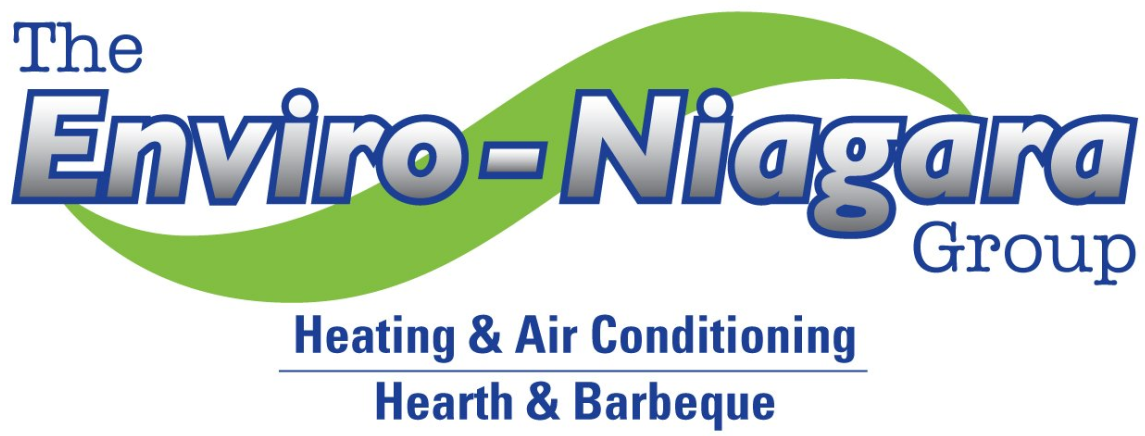Do you sometimes feel that the language of finance is needlessly obscure? Let’s throw a little light on the subject.
Some general concepts
1. Economic, financial, fiscal
These terms may seem interchangeable, but in fact they refer to very different realities. Economics looks at the overall production, distribution and consumption activities within a given society. Finance designates in particular the management of capital and money – for instance, your investments. And fiscal refers specifically to issues that affect your taxes.
2. Inflation and policy interest rate
The past year has reminded us that inflation is the sometimes abrupt increase in consumer prices. In this country, the Bank of Canada has a mandate to keep inflation within a target range that favours healthy economic activity. The main tool used for this is the “overnight rate target,” also known as the policy interest rate, which applies to the one-day loans financial institutions make amongst themselves. This is not the rate available to the general public, but it influences the interest rates on loans and savings products. In theory, higher interest rates encourage households to curb their spending, which reduces upward pressure on prices. To learn more about the causes of inflation, watch this video.
Your investments
3. Mutual fund, ETF, SEG, MER
A mutual fund1 is one form of investment fund, as is the ETF, or exchange-traded fund. The abbreviation SEG is often used to refer to segregated funds, also known as guaranteed investment funds. All of these terms refer to funds in which you can invest your savings in accordance with various criteria and objectives. They differ in a number of ways, however, notably in terms of how they are managed, what guarantees they offer and their management expense ratios (MERs), i.e., the fees deducted from your assets to cover the cost of management and administration.
4. GIC
A GIC is a guaranteed investment certificate. This is an investment available from your financial institution that guarantees both a specified rate of return and the full return of your principal. A GIC may have a fixed term, usually one to five years, or be redeemable, i.e., cashable on demand. In a context of high interest rates and stock market volatility, this form of investment, considered to be safe, is enjoying a resurgence of popularity.
5. RI, ESG, PRI, CSR
All of these acronyms are related to the global issue of responsible investment and sustainable development. RI simply means “responsible investment” and is used by portfolio managers to indicate their commitment to acting “responsibly” in their investment practices. ESG is a concept that defines the three main areas where this responsible investment must be applied: environment, social and governance. PRI stands for Principles for Responsible Investment, as defined by the United Nations to provide a framework for responsible investment practices. Finally, CSR, for “corporate social responsibility,” is a concept that applies to any company with respect to its relations with stakeholders.
 Back to myNiagaraOnline
Back to myNiagaraOnline







































